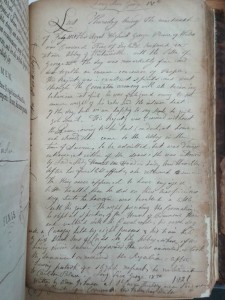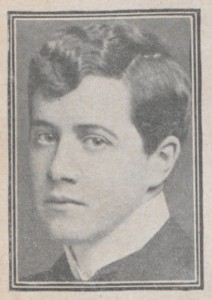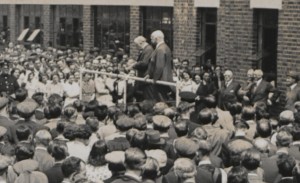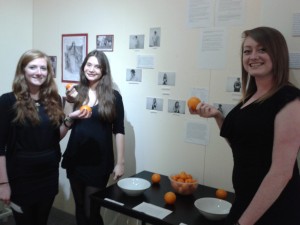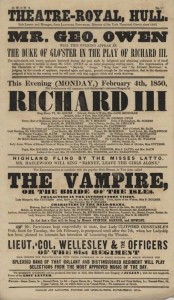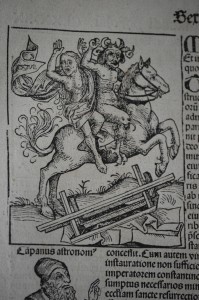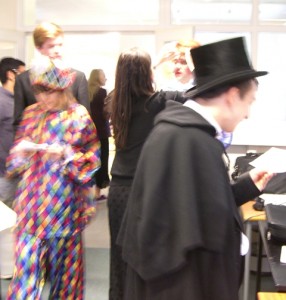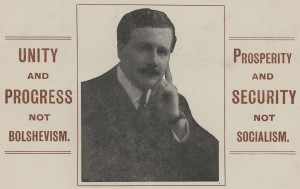This summer is going to our last in our current location and as you probably know, we’re gearing up for plenty of changes! As I type, we’re in the process of taking down our last exhibition in the Level 1 Gallery space (just outside the Level 1 office and the cafe). This exhibition focussed on Sir Howard Kingsley Wood, and you can learn more about him from the blog post ‘Wood would: the forgotten campaigner‘. In due course, we’ll provide a digital version of this exhibition on the website, so keep your eyes peeled for that.
The reason for all these changes is the ongoing Templeman Redevelopment work which will be gathering pace over the summer. Early next year, we’re due to move into the new suite of Special Collections & Archives rooms, in the extension, which is a very exciting prospect. We hope to launch the new location with an exhibition in the new gallery, which will front the office area on the new Level 2. In the meantime, the social learning space will be moving into the gallery to make sure there’s enough room while the Core Text Collection moves into the other side of the social learning space. Confused? Check out the Templeman Development webpages to have it all explained!
A lot of our work over the summer is going to be aimed at planning the Big Underground Move to get our materials into the extension, and finding ways of keeping you all informed about what we’re doing. Equally, we’re putting in place plans for teaching over the next academic year and thinking about funding and projects to keep our collections work ticking over. No doubt it will be busy, but I’ll try to keep you updated as we go.
The reading room is still open, so do just request items if you’d like to see anything. I thought I might just share a little gem which came out of a request yesterday. A routine request for a book in the Maddison Collection, A treatise of Oswaldus Crollius of signatures of internal things (1669), proved to contain some lovely annotations on contemporary events. In two almost page-long manuscript notes, a clergyman has written accounts of the coronation of George IV, possibly taken from newspapers at the time. The coronation, on Thursday 19th July 1821, was notable for the ommision of the Queen on the guest list. One of these accounts notes:
His Majesty was crowned without the Queen, owing to her bad conduct, at home and abroad, she came to the Abbey in the time of Service, to be admitted, but was denied entrance at either of the doors
It is, perhaps, a matter of historical debate as to whose conduct was worse, George IV’s or his Queen Caroline’s, but it’s interesting to compare this to a contemporary account from my old friend William Harris, who heard about events while on his travels around Europe.
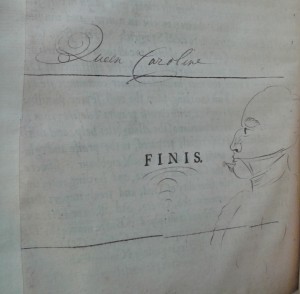 As well as the notes, the facing page has the words ‘Queen Caroline’ and an ink caricature penned after the text, perhaps drawn by the same man who wrote the accounts, one Adam Johnson. In the second account, he names himself clearly and adds:
As well as the notes, the facing page has the words ‘Queen Caroline’ and an ink caricature penned after the text, perhaps drawn by the same man who wrote the accounts, one Adam Johnson. In the second account, he names himself clearly and adds:
…son of the Reverend Doctor Johnson at the Rectory of St Ruan[?] near Penzance in the county of Cornwall (England)
with ‘God Save the King’ for good measure. In the margin of the previous page, he writes: ‘For Posterity’. I don’t suppose he ever imagined that his notes would make it onto the Special Collections blog!

